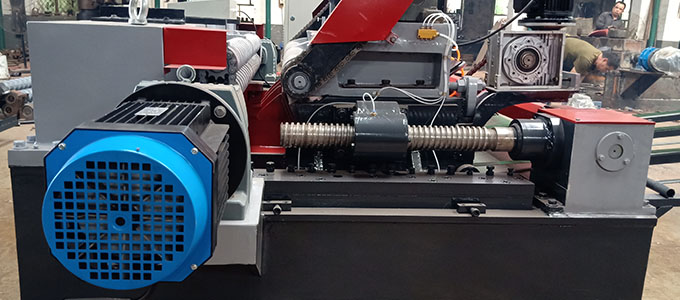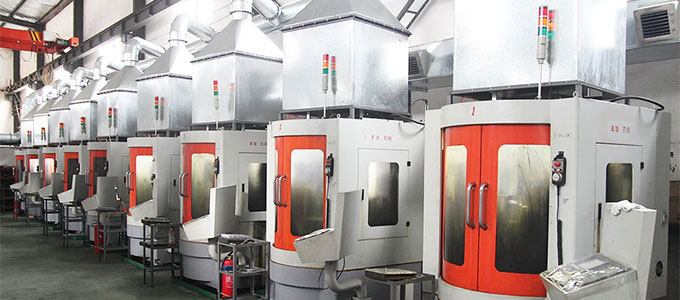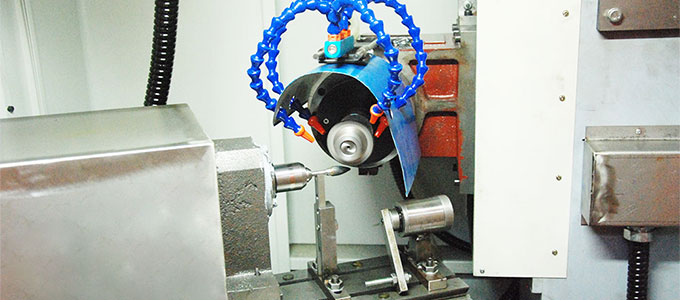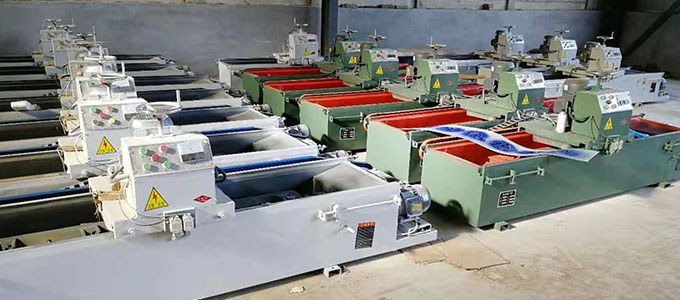Carbide Rotary Burrs Production Process
Raw Material Preparation:
Raw Material Selection: Select high-purity tungsten carbide, cobalt and other powders as the main raw materials. According to the product performance requirements, other elements may also be added, such as titanium carbide (TiC), tantalum carbide (TaC), etc.
Ingredient Calculation: Accurately proportion various raw material powders according to a certain ratio to ensure that the composition of the final product meets the design requirements.
Powder Mixing and Grinding:
Ball Milling and Mixing: Put the proportioned raw material powders into a ball mill, add an appropriate amount of grinding media (such as tungsten carbide balls) and solvent (such as alcohol), and carry out long-term grinding and mixing to fully and uniformly mix the powders and refine the particles.
Drying Treatment: The ground slurry is processed through filtration, drying and other steps to remove the solvent and water in it, and obtain dry mixed powders.
Forming:
Compression Molding: Put the dry powder into the mold and apply a certain pressure on the press machine to press the powder into a blank with a certain shape and size. The pressing pressure, holding time and other parameters are adjusted according to the powder characteristics and product requirements.
Injection Molding: Mix the mixed powder and the binder in a certain proportion under heating conditions to make an injection material. Then heat and melt it in the injection molding machine and inject it into the mold cavity. After cooling, demold to obtain the blank.
Sintering:
Pre-sintering: Put the blank into a vacuum sintering furnace and carry out pre-sintering at a relatively low temperature to remove the binder and other impurities in the blank. At the same time, make the powder particles initially combine to improve the strength of the blank.
High-temperature Sintering: The pre-sintered blank is officially sintered at a high temperature, usually in the temperature range of 1300°C - 1500°C. The powder particles are fully combined through processes such as atomic diffusion to form a dense tungsten carbide structure. The temperature, holding time, vacuum degree and other parameters during the sintering process have an important impact on the performance of the product.
Processing:
Rough Processing: Carry out rough processing on the sintered rotary file blank, such as using cutting equipment to cut it into a roughly required size and shape, leaving a margin for subsequent finishing.
Finishing: Use equipment such as grinding machines for finishing processing of the rotary file, including grinding the outer circle, sharpening the cutting edge, processing the groove shape, etc., to achieve the final dimensional accuracy, surface roughness and cutting performance requirements of the product. For rotary files that need welding, the welding process is carried out before or after the finishing process.
Surface Treatment: According to product requirements, the rotary file can be surface-treated, such as coating treatment, to improve its hardness, wear resistance, lubricity and other properties. Common coatings include titanium nitride (TiN), titanium aluminum nitride (TiAlN), etc.
Quality Inspection:
Appearance Inspection: Check the appearance of the rotary file for defects such as cracks, missing corners, burrs, etc.
Dimensional Measurement: Use equipment such as a coordinate measuring machine to measure various dimensions of the rotary file to ensure that it meets the requirements of the design drawings.
Hardness Testing: Use a hardness tester to measure the hardness of the rotary file, check whether the hardness is uniform and whether it reaches the specified hardness value.
Performance Testing: Carry out cutting performance tests on the rotary file, such as cutting force, cutting temperature, tool life, etc., to evaluate its service performance.
Packaging and Warehousing: The rotary files that pass the quality inspection are cleaned, packaged, and then stored in the warehouse and wait for shipment.
 بالعربية
بالعربية English
English





